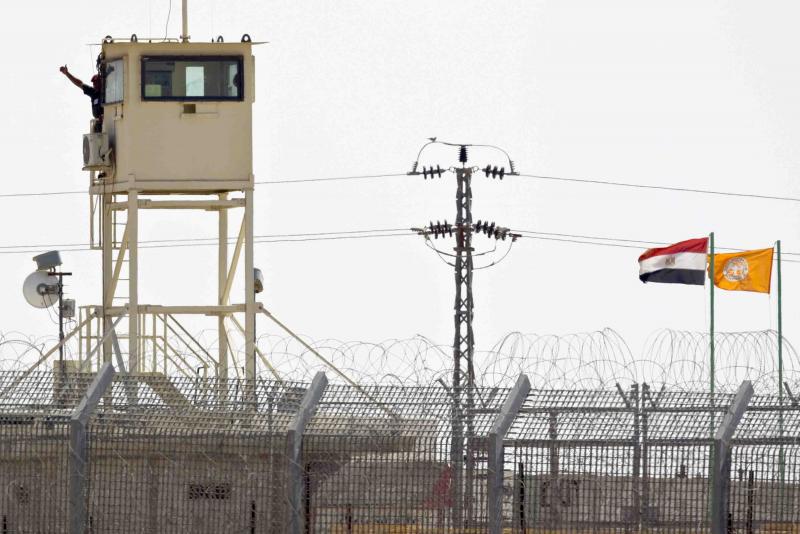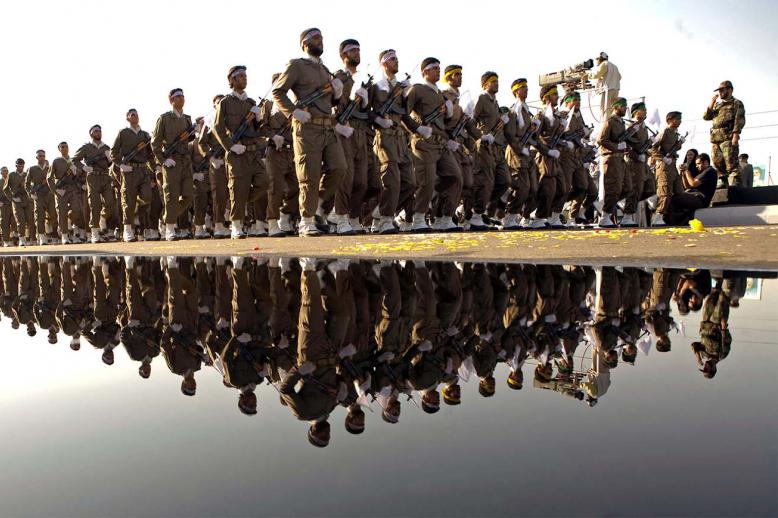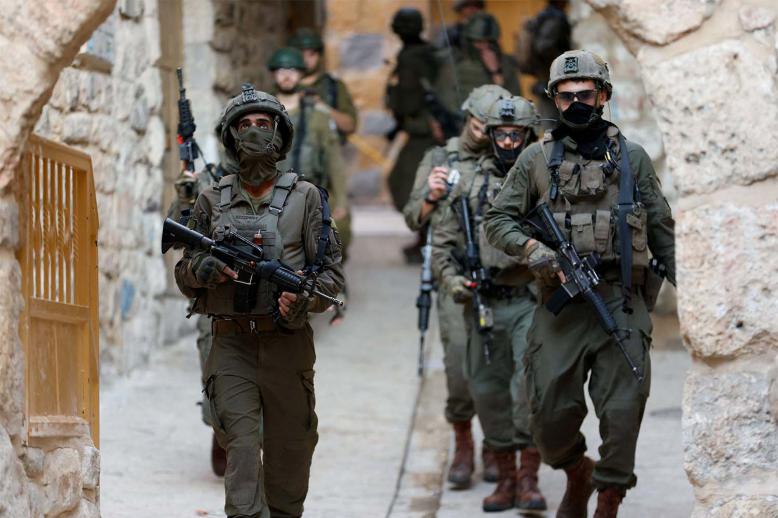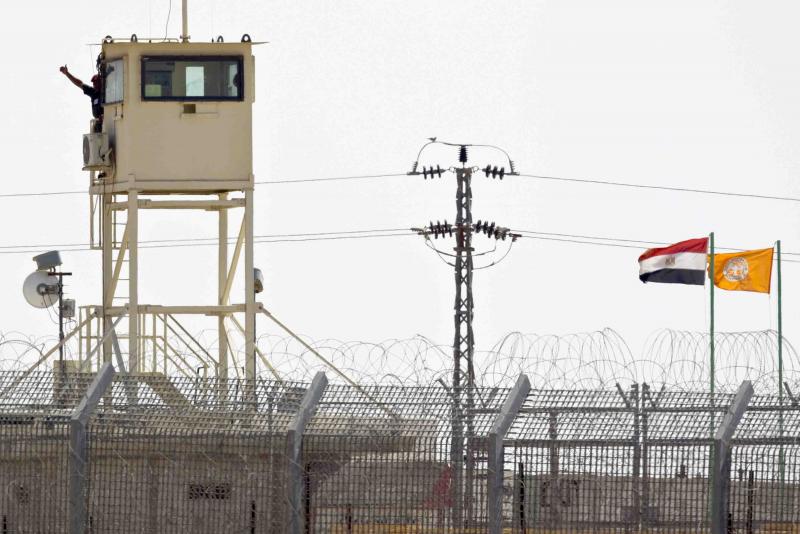Washington casts sceptical eye on Sinai-based MFO
Peacekeeping is never an easy business, certainly in the ever volatile Middle East.
Two organisations created in the aftermath of the October War in 1973 stand out for their longevity and effectiveness. The Sinai-based Multinational Force and Observers (MFO) recently celebrated its 38th anniversary and UNDOF’s (United Nations Disengagement Observer Force) mandate in the Golan Heights will be renewed without opposition for six months by the UN Security Council in June.
Recent upheavals in the region — the war in Syria and Egypt’s grinding campaign against a stubborn popular and ISIS insurgency in Sinai — transformed the context in which these organisations operated for decades without serious incident, raising questions not only about their operational ability to perform their respective missions but indeed whether their respective mandates themselves any longer made sense.
UNDOF was established by the UN Security Council to monitor Israeli and Syrian compliance with their 1974 Disengagement Agreement.
Confounding the odds, UNDOF has risen from the dead and is now back in business along the Israel-Syria frontier. The most recent report of the UN secretary-general noted violations of the agreement by both parties, but nonetheless observed that “the overall security situation in the UNDOF area of operations remained [generally calm and] stable.”
UNDOF is slowly but resolutely reclaiming positions along the Syrian (Bravo) side of the ceasefire line abandoned when the regime of Syrian President Bashar Assad lost control of the border area early in the war to an assortment of opposition and jihadist forces.
Even during the most violent periods, despite its virtual absence on the ground, UNDOF continued to chronicle both Israeli and Syrian violations of their agreement. Israel and the government in Damascus, notwithstanding its loss of all control along the frontier, continued to be held formally accountable by the international community for their continuing commitment to the Separation of Forces Agreement.
Today, the Assad government has defeated its opponents and its forces have reclaimed the border region. UN forces have followed in the regime’s wake, returning to almost all of their positions on the Bravo (Syrian) side of the separation of forces line, where the sovereign writ exercised by Damascus is no longer contested.
The complexion of the area, however, has changed in one important respect. Both Israel and Syria support the extraordinary presence of Russian forces, which today operate eight observation posts in Syria along the border area, complementing the internationally mandated forces of UNDOF.
Even in its darkest days, UNDOF’s mandate continued to win the unanimous support of the international community. Israel and Syria, despite their ongoing confrontations elsewhere, value UNDOF’s presence and effectiveness. More broadly, both continue to support UNDOF, almost half a century after its founding, as a key feature of the relatively peaceful standoff along the ceasefire line.
Sinai, however, continues to be a battlefield, with the MFO in the crossfire between insurgents and Egyptian military forces.
In October 2014, the Egyptian government established a curfew and state of emergency in North Sinai. A paper prepared for the US Army’s General Command and Staff College notes that to deal with the insurgency, “the Egyptian Army deployed as many as 22,000 additional soldiers with tanks in ancient infantry fighting vehicles as well as Apache helicopters and F-16 jets to the north Sinai government. During this period the MFO moved its force headquarters from North camp (near the Gaza-Egypt border) to South camp (Sharm al-Sheikh) they removed all nonessential personnel from North Camp.”
Since then, MFO has been forced to devote considerable resources to force protection and to increasingly adopt technical means for verification and observation instead of deploying vulnerable forces on the ground.
But unlike the Golan Heights, where a large measure of the status quo ante has been restored, the ongoing revolt in Sinai shows no sign of abating. In addition, the security measures in Sinai employed by Egypt represent material violations of the force limitations agreed to in the peace treaty — limitations which the MFO was established to observe and verify.
To defeat the insurgency, Egypt and Israel have established unprecedented security cooperation — a central feature of which is the routine deployment to Sinai of considerable Egyptian military forces far beyond those established by the peace treaty. These represent significant violations of the treaty, albeit violations agreed to by Israel.
What then of the MFO’s central operational mission — to observe and verify compliance with the treaty — when the signatories themselves have agreed to breach it?
Adding to its problems on the ground, the MFO is under increasing pressure from the Pentagon, which has grown disenchanted with the mission and is trying to reallocate scarce resources to “pivot” towards China.
US Defence Secretary Mark Esper, since his days as secretary of the Army, has not been counted among the MFO’s enthusiastic supporters, who reside across the Potomac at Foggy Bottom (The State Department).
Today as part of Washington’s “blank slate review” of US deployments, the MFO is in the limelight.
In recent testimony before the House Armed Services Committee, Chairman of the Joint Chiefs of Staff General Mark Milley asked: “Is [the MFO] still a valid military mission for US forces? Yes [or] No. Arguments are being made by both sides. … If [it is] not, then we delete it.”
In contrast to UNDOF, the MFO was established bilaterally by Israel and Egypt as part of their peace treaty, and headed by the US official as a demonstration of Washington’s leadership and status in the region.
Egypt and Israel continue to support the organisation, if not for its actual contributions on the ground then because it attests more broadly to Washington’s continuing power in the region.
However, while other nations provide significant contributions to the organisation in both staffing and budget support, the MFO will stand or fall on continuing patronage by a US administration, whose sights today appear set beyond the parochial battles of the Middle East.
Geoffrey Aronson is a non-resident scholar at the Middle East Institute in Washington.
This article was originally published in The Arab Weekly.







